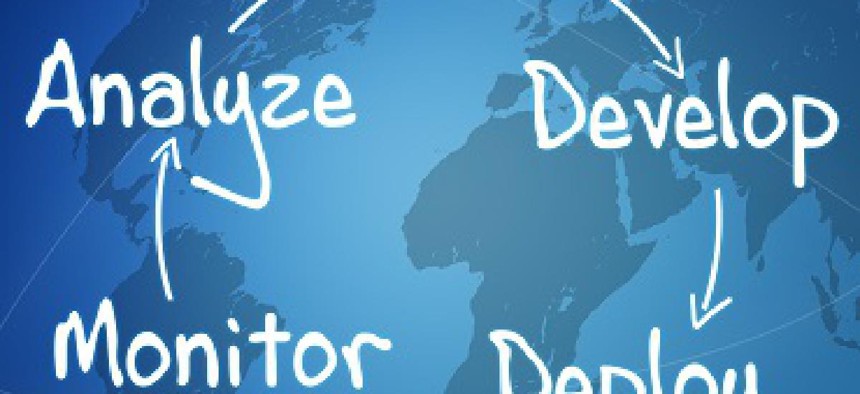Evidence-based government: It’s not rocket science

Steve Kelman points to some very straightforward examples of measuring the effectiveness of an intervention.

Many people have an instinctive negative reaction to a phrase such as “evidence-based government,” seeing it as reeking of jargon or signaling some kind of cult.
It’s time to demystify this idea. I suggest that one way to do so is by looking at examples of what evidence-based government looks like in a real-life, practical situation.
The New York subway system has been facing problems of increased delays, and has now announced a series of actions to tackle the issue. An article in the New York Times states that the essential features of the plan are three. One is to expand the number of people on rapid response teams to fix problems on the tracks. A second is to assign EMTs to five crucial stations (where delays have a knock-on effect) to respond when passengers need medical assistance. The third is to direct passengers to less-crowded areas of a platform to reduce the time it takes to get on and off a train.
What makes this very operational to-do list into “evidence-based government”? It boils down to one or both of two things.
First, before rolling out an intervention, one can do various kinds of research or investigation to see whether there is evidence the intervention works and, if so, how well. This is a sense in which “evidence-based government” is often used in discussions of public programs and public policies. The idea is that before spending money on an initiative to increase kids’ tendency to do their homework, one should pre-test to see how effective the intervention is.
Sometimes such advance gathering of evidence about success is presented as a precondition for evidence-based government. In fact, though, this may not be necessary if another feature of evidence-based government is present, which is tracking the results of interventions. While having evidence in advance of the success of interventions is not a precondition for evidence-based government, tracking the effects of an intervention is.
When I read the story in the Times, I asked myself whether we know if having EMT’s in stations, or directing people to less-crowded areas on the platform, will actually reduce waits. (The story didn’t discuss this one way or another, or say on what basis the transit authority chose these interventions.) While it is nice to have such information, it is not necessary for evidence-based government, if we treat interventions as experiments that may work and may not, where we figure out whether something is a good idea or not by doing the experiment. However, for an intervention to be classed as evidence-based, it is necessary to track results afterwards to see how well it worked. The Times story didn’t indicate one way or another whether the subway system will be doing that.
Still, this brief discussion suggests that “evidence-based government” is no arcane technique, but rather some simple common-sense applications, at least for those who believe in facts. This is not and doesn’t need to be rocket science.
Consider the alternatives – should the transit authority simply throw up its arms in despair at doing anything about this problem? Or charge ahead willy-nilly, neither thinking in advance about what might work or measuring afterwards what did (or didn’t) work?
The sooner we acknowledge evidence-based government as common sense, the sooner the practice of public policy and management will improve.
NEXT STORY: House Passes IT Modernization Bill





